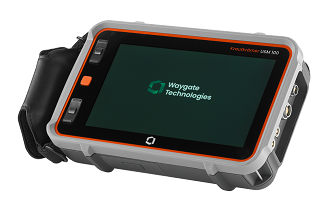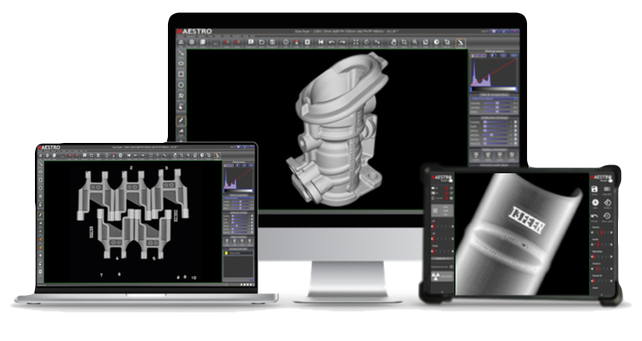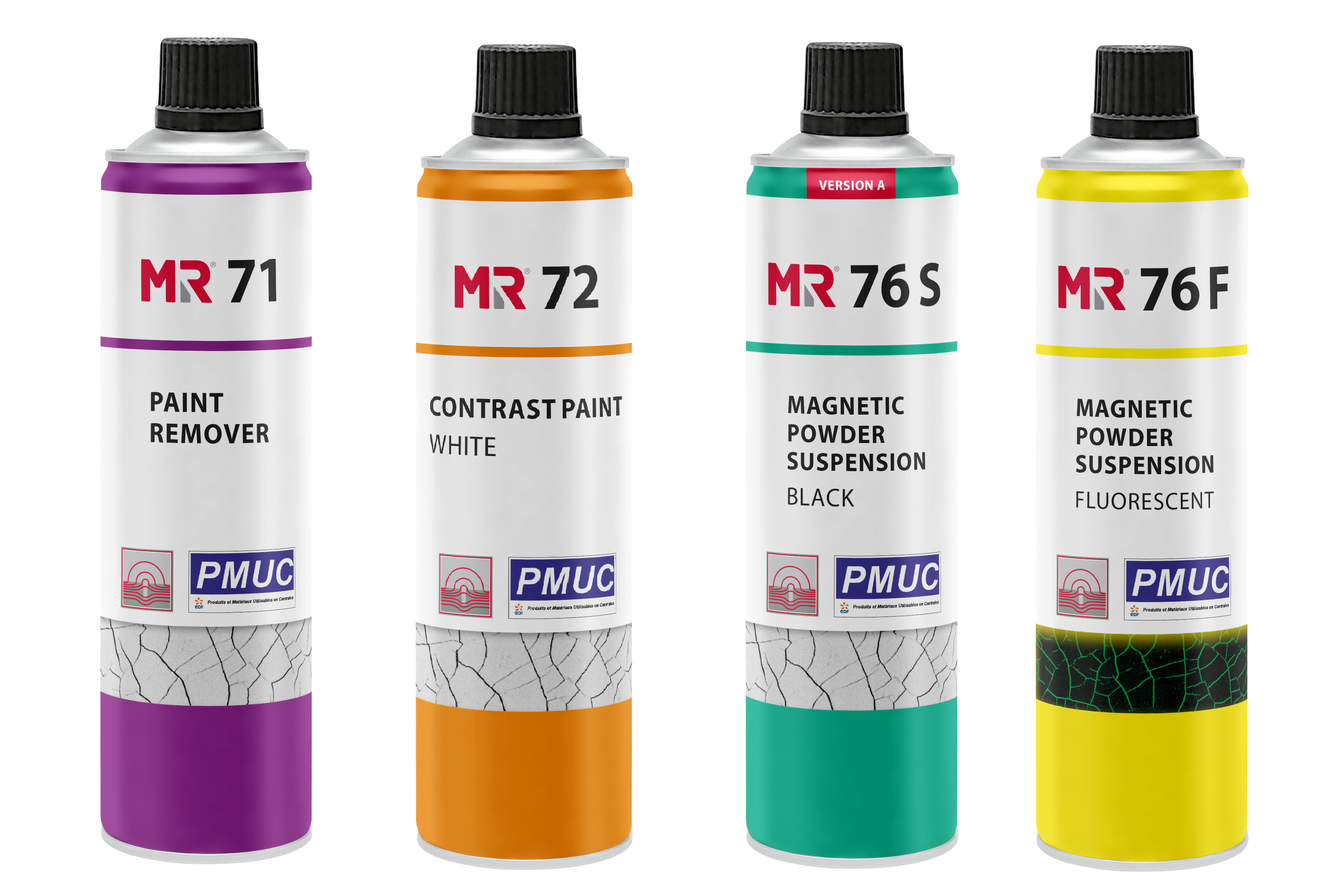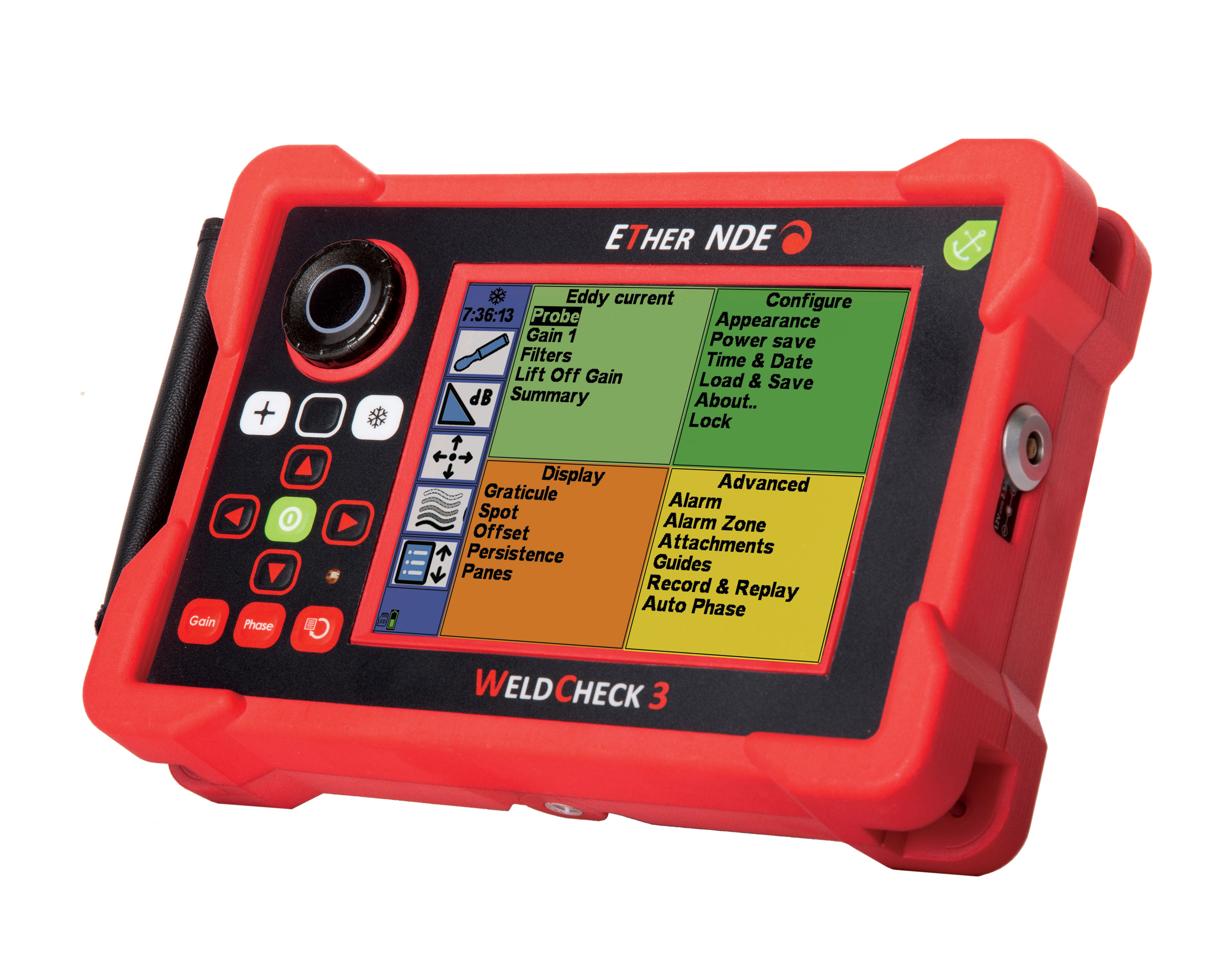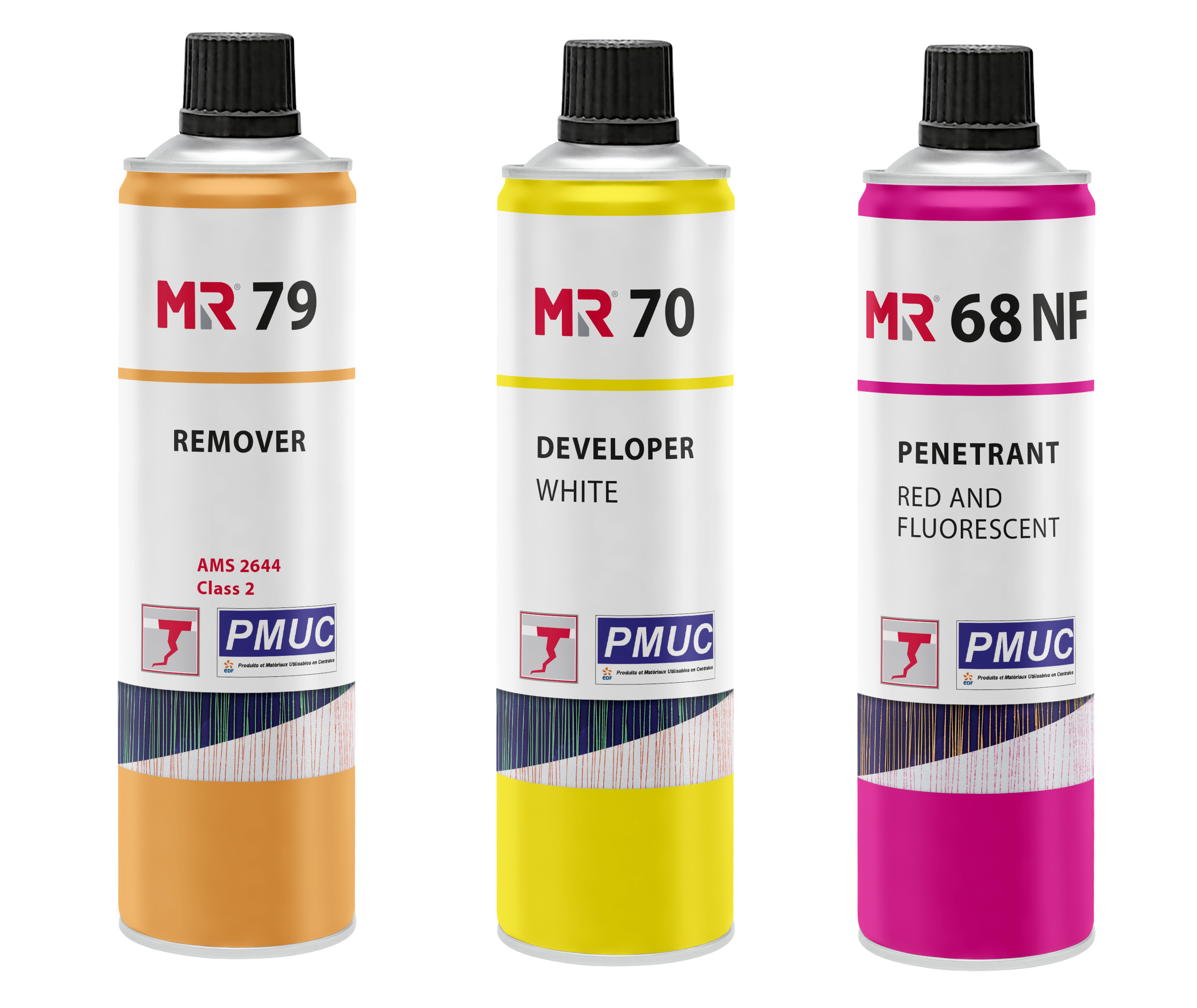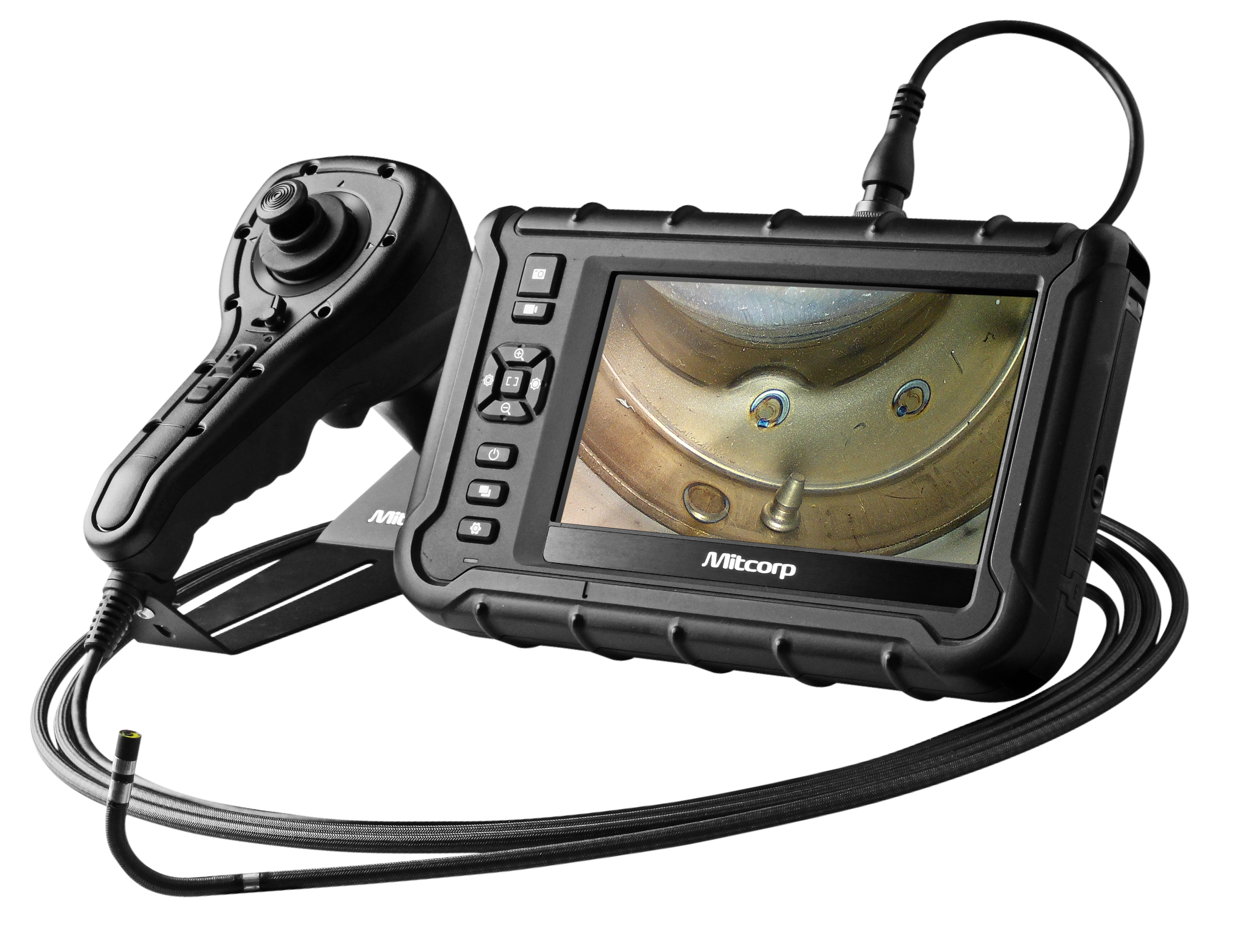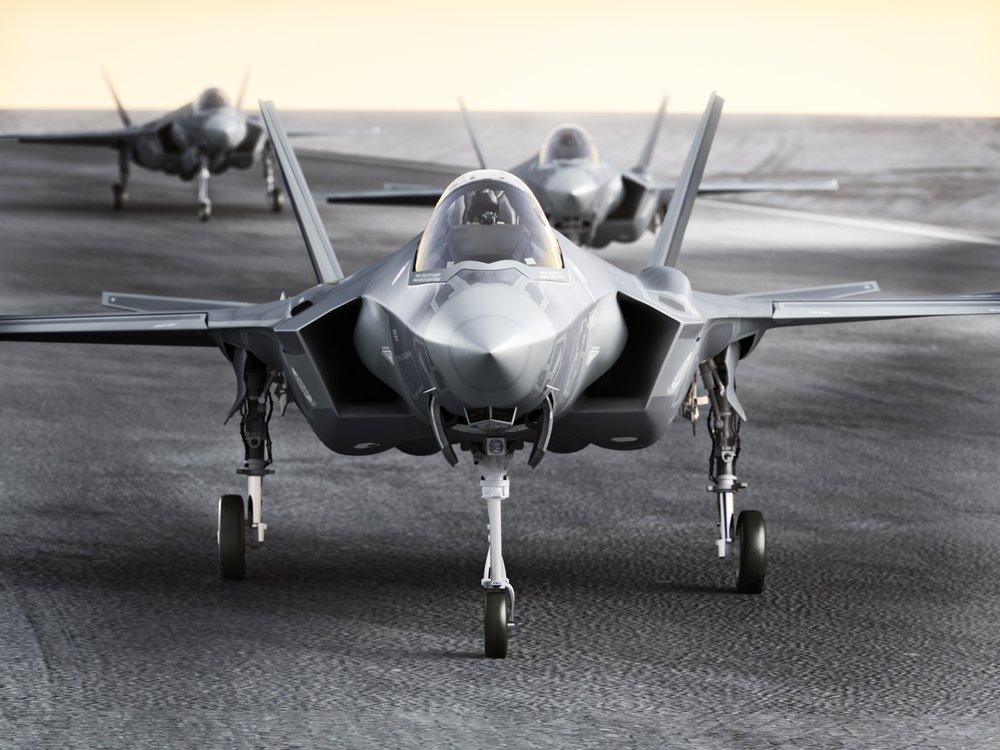
Defence
The defense and military sector employs a wide range of non‑destructive testing (NDT) methods to ensure the reliability, safety, and readiness of equipment, vehicles, and infrastructure.
Given the critical nature of military operations, NDT techniques are essential for detecting defects, wear, and potential failures in materials and components without causing damage or requiring disassembly.
Here is an overview of the various NDT methods used in the defense and military sector:
Ultrasonic Testing (UT)
Ultrasonic testing (UT) methods are widely used in the defense and military sector due to their effectiveness at detecting both internal and surface flaws in a broad range of materials and components.
This non‑destructive technique employs high‑frequency sound waves to inspect and evaluate the integrity of materials without causing damage or alteration.
UT can penetrate deeply into materials, enabling the detection of internal defects invisible to the naked eye, which is critical for the reliability of defense equipment.
Ultrasonic testing provides precise measurements of flaw size and location, contributing to accurate assessments of component integrity and lifespan.
This method is versatile and can be used on metals, composites, and plastics commonly found in military applications:
- Armor and Structural Integrity: UT is used to assess the integrity of armored vehicles, aircraft, and naval vessels, detecting cracks, voids, and delaminations in metal and composite structures.
- Weapons Systems Inspection: UT inspects critical components in weapons systems, including barrels, frames, and other structural elements for defects that could compromise performance or safety.
- Engine and Propulsion Systems: UT methods are essential for inspecting engines and propulsion systems in military vehicles and aircraft, detecting potential flaws in turbine blades, shafts, and other critical components before they cause operational issues.
Ultrasonic is a safe, non‑invasive method that requires no disassembly of components, minimizing downtime for critical military equipment.
Read more in our NDT Wiki:
What is Ultrasonic Testing?
See other products in this category:
Ultrasonic Product Category
Radiography (RT)
Radiographic testing (RT), also called radiographic inspection, is a key NDT method widely used in the defense and military sector.
It uses X‑rays or gamma rays to produce images of the internal structure of materials, components, or assemblies, allowing detection of internal flaws such as cracks, voids, inclusions, and density variations without damage.
Radiography provides comprehensive insight into internal structures, detecting defects invisible from the outside.
This method applies to metals, composites, and ceramics, making it suitable for various military applications:
- Armor Inspection: RT inspects armored vehicle plates, detecting internal flaws that could affect ballistic performance.
- Aerospace Component Analysis: Critical aircraft parts—like turbine blades, fuselage structures, and landing gear—are inspected for internal defects to ensure safety and reliability.
- Ammunition and Explosive Ordnance Evaluation: Radiography assesses the integrity of ammunition casings and explosive devices, ensuring they meet safety and performance standards.
- Weld Quality Assessment: RT evaluates welds in military infrastructure and vehicles, identifying imperfections that could lead to structural failure.
RT allows thorough examination without disassembly or direct contact, preserving the integrity of tested equipment.
See other products in this category:
Radiography Product Category
Read more in our NDT Wiki:
What is Radiographic Inspection?
Magnetic Particle Testing (MT)
Magnetic particle testing (MT), also known as magnetic particle inspection (MPI), is an indispensable NDT method in the defense and military sector.
It is highly effective at detecting surface and near‑surface discontinuities in ferromagnetic materials—such as iron, nickel, and cobalt alloys—widely used in military equipment including vehicles, weapons, and infrastructure.
MT can reveal very fine surface and subsurface cracks and discontinuities, making it essential for maintaining safety and reliability of military assets.
This method provides immediate results, enabling rapid assessments and decisions without extensive disassembly or downtime.
Common applications include:
- Weapons Inspection: MT inspects gun barrels, missile casings, and other weapon components for cracks and defects that could compromise safety and performance.
- Vehicle and Aircraft Maintenance: It inspects critical parts in military vehicles and aircraft—such as shafts, gears, and engine components—for surface cracks that could lead to failure during operations.
- Structural Integrity Checks: MT ensures the structural integrity of military facilities and infrastructure by identifying potential weaknesses in steel structures and welds.
Magnetic Particle Test Kit – Multi
(Black & Fluorescent)
Read more in our NDT Wiki:
What is Magnetic Particle Testing?
See other products in this category:
Magnetic Particle Testing Category
Eddy Current Testing (ET)
Eddy current testing (ET) is a versatile, non‑invasive NDT method widely used in the defense and military sector.
It uses electromagnetic induction to detect flaws, measure material properties, and perform conductivity tests on conductive materials.
ET is particularly useful for inspecting metal components and structures without causing damage or requiring disassembly.
This method provides immediate feedback for rapid decision‑making, reducing downtime for critical military equipment, and is used for:
- Crack Detection: ET is highly effective at identifying surface and near‑surface cracks in airframes, engine components, and other critical equipment, ensuring structural integrity and operational safety.
- Material Characterization: It measures electrical conductivity and magnetic permeability, aiding in material identification and verification of heat‑treatment processes.
- Coating Thickness Measurement: ET measures the thickness of non‑conductive coatings on metal substrates—such as paint on aircraft or vehicles—important for corrosion protection and aesthetics.
- Conductivity Testing for Corrosion Assessment: By evaluating changes in conductivity, ET identifies corrosion zones in hard‑to‑access areas of aircraft and naval vessels, enabling preventive maintenance and extending asset life.
ET applies to a wide range of conductive materials and is effective for both surface and subsurface inspections. Its portability makes it ideal for field operations in diverse environments.
See other products in this category:
Eddy Current Testing Category
Read more in our NDT Wiki:
What is Eddy Current Testing?
Liquid Penetrant Testing (PT)
Liquid penetrant testing (PT) is a widely used NDT method in the defense and military sector.
Valued for its simplicity and efficiency, PT reveals surface‑breaking defects in non‑porous materials, including metals, plastics, and ceramics.
Penetrant testing is essential for maintaining integrity and readiness of a wide array of military assets—from aircraft and armored vehicles to naval ships and weapons systems.
Penetrants detect very fine cracks and defects invisible to the naked eye, ensuring potential failure points in critical equipment are identified:
- Aircraft Maintenance: PT detects cracks, corrosion, and surface defects in aircraft components such as fuselages, wings, and engine parts, critical for flight safety.
- Armored Vehicle Inspection: It inspects armored vehicles surfaces for defects that could compromise protection.
- Naval Vessel Maintenance: PT identifies surface flaws in hulls and other critical ship components, ensuring seaworthiness and longevity.
- Weapons System Evaluation: The method detects defects in metallic components of weapons systems that could impact performance and reliability.
PT applies to diverse materials used in military production, making it a versatile quality‑assurance tool.
Liquid penetrant testing requires no advanced equipment or highly specialized training, making it accessible and cost‑effective for routine inspections.
Read more in our NDT Wiki:
What is Penetrant Testing?
See other products in this category:
Penetrant Testing Category
Visual Inspection (VT)
Visual testing (VT) is a fundamental NDT method extensively used in the defense and military sector.
This method relies on direct observation to detect surface defects, wear, corrosion, and structural issues in military equipment, vehicles, and infrastructure.
Videoscopes—advanced optical tools—enable in‑depth inspection of internal components and hard‑to‑reach areas, providing high‑resolution images and video for thorough analysis.
VT delivers immediate feedback, allowing maintenance teams to quickly identify and address issues. Typical applications include:
- Aircraft Engine and Component Inspection: Videoscopes allow detailed examination of engines, turbines, and other internal parts without disassembly, identifying cracks, corrosion, or foreign‑object damage.
- Armored Vehicle Assessment: VT evaluates surface condition and integrity of armored vehicles—including hulls, turrets, and weld seams—to ensure compliance with safety and operational standards.
- Naval Vessel Maintenance: Videoscopes facilitate inspection of pipelines, hull penetrations, and engine rooms, detecting defects that could compromise seaworthiness.
- Weapons System Checks: Visual methods, including videoscopes, are crucial for examining internal mechanisms of weapon systems to ensure functionality and reliability.
VT is a cost‑effective method requiring minimal downtime. Videoscopes and other visual tools can access narrow spaces and deliver clear images of internal structures, offering flexibility not available with other NDT techniques.
Visual testing techniques require minimal setup and training, making them accessible to a broad range of military personnel.
See other products in this category:
Visual Inspection Product Category
Read more in our NDT Wiki:
What is Visual Inspection?


_copy (1) (1)/assets/images/header/trustpilot.png)
